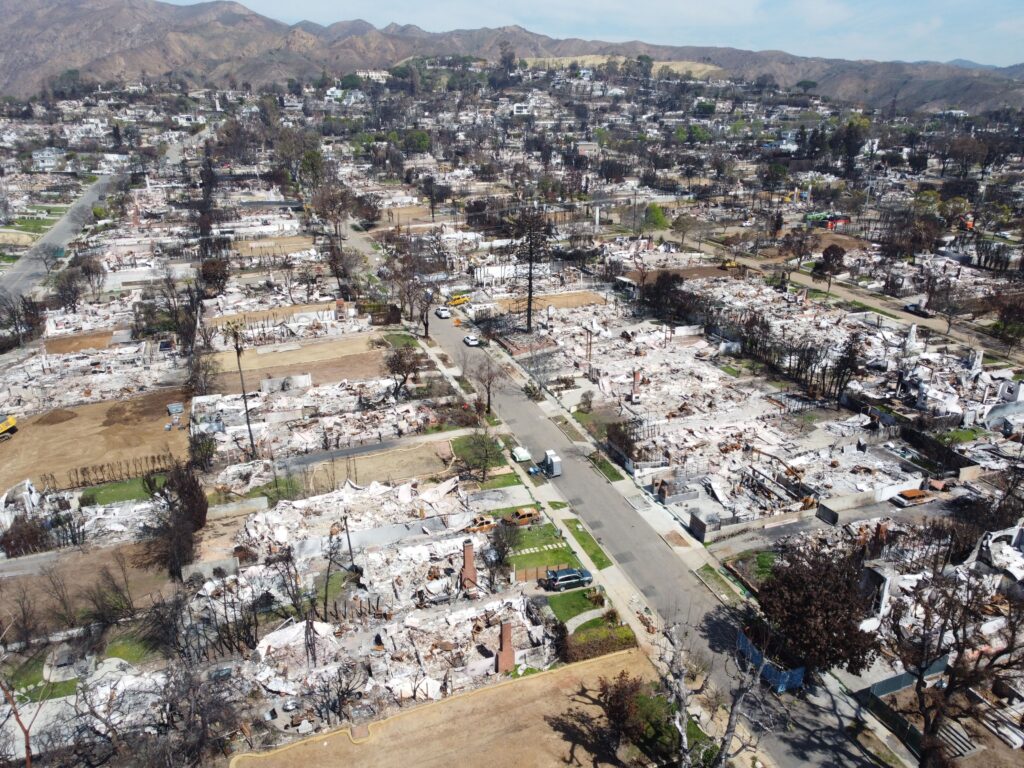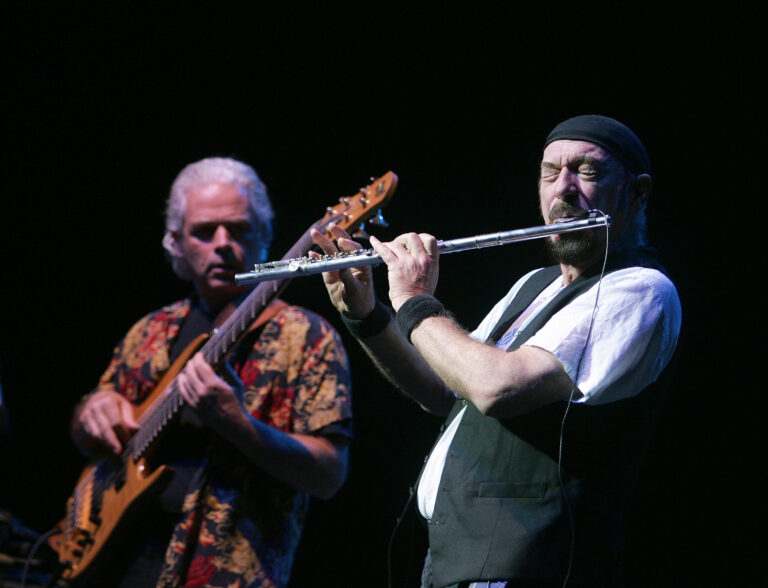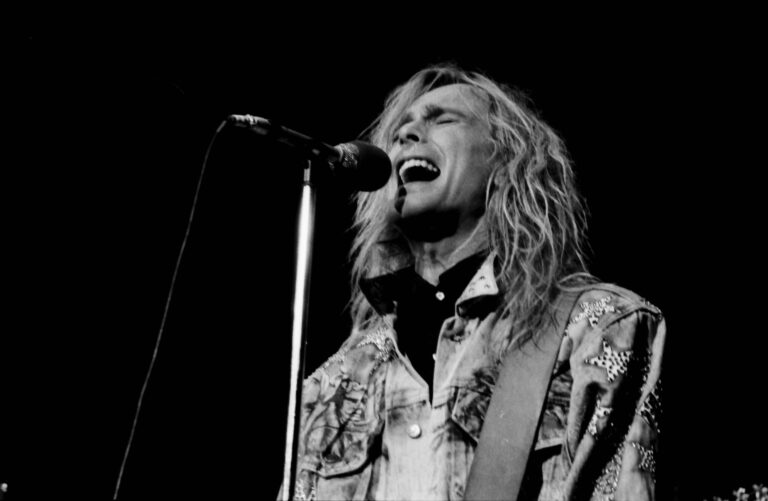
Questions and Controversy about FireAid Funds

The FireAid fundraising initiative, designed to offer support to wildfire victims in Southern California, has come under intense scrutiny. Initially, the grand fundraising concert aimed to direct the total of $100 million raised specifically to those directly impacted by the devastating wildfires in areas like Pacific Palisades and Altadena. However, mounting criticism has emerged over the actual allocation of these funds, revealing a significant disconnect between initial promises and implementation. Concerns have risen from affected community members who found themselves mostly sidelined as funds were channeled differently than they expected.
The grandiose undertaking of FireAid featured a concert with high-profile performances from celebrities like Billie Eilish, Lady Gaga, and Sting, among others, at the Inglewood Intuit Dome and Kia Forum. The event's massive success, raising $100 million, was initially lauded as a significant effort towards helping fire victims rebuild and recover. However, later reports indicated that FireAid opted to distribute the funds through existing nonprofit organizations rather than giving direct financial aid to individual victims. This decision left many community members feeling bypassed, igniting an uproar among those who assumed direct relief was the goal.
Significant portions of the funds, as many later became aware, were distributed among various nonprofit organizations that focus on broader community support, such as housing stability, food security, and mental health services. The FireAid organizers maintained that the allocation strategy was intentional, purposed to extend the funds' impact. Their partnership with nonprofits, they explained, was to ensure the funds reached the most people in need through community-focused programs, a strategy believed to have a long-term positive impact rather than immediate financial aid to individuals.
Despite these explanations, criticism remained fierce, stemming mainly from the perception that funds were diverted from their intended recipients. Investigative reports by journalists like Madeleine Rowley and Sue Pascoe highlighted the dissatisfaction and frustration felt by many who survived the fires. People like Quentin Fleming, a university professor from Pacific Palisades, articulated the woes of the underinsured and those with rent-controlled apartments who expected more direct assistance but found themselves disappointed by the treatment and perceived oversight.
Adding to the controversy was the call for transparency. Community members sought clarity regarding how funds were distributed and which nonprofit organizations benefited, spurring some to question whether the donation processes might have been clouded with opaque administrative practices. This doubt led to public discourse on fund management and the perceived effectiveness of indirect aid through non-profit channels. Consequently, Congressman Kevin Kiley called for a federal investigation into the fund's distribution, spotlighting transparency as a crucial factor in rebuilding trust and accountability.
Supporters of FireAid's methods argue that nonprofit-driven disbursements effectively address the multifaceted needs within the affected communities. Entities such as the Pasadena Humane Society, inclusive of vulnerable groups like street vendors and Indigenous communities, received grants aimed at providing immediate necessities ranging from animal care to emergency housing. FireAid's strategists defended their allocation process, emphasizing that their approach was designed to offer comprehensive support capable of embracing not just immediate recovery but also long-term resilience within the community.
In the face of these critiques, FireAid expressed their objective to maintain transparency and accountability through ongoing audits by reputable firms like KPMG. They stressed that while the outrage was understood, the decision to fund non-profits was a strategic decision meant to foster broader support structures in recovery from natural disasters. FireAid cited that detailed breakdowns of funding could be accessed by the public, and reiterated that none of the funds were used for administrative costs, a claim meant to address public concerns over financial efficacy.
In conclusion, the distribution of FireAid's $100 million underscores the complex dynamics of disaster relief funding, where the noble aim of aiding victims grapples with the logistical and ethical considerations of how those funds should be distributed. While FireAid's strategy of utilizing nonprofit entities aims to provide stability and infrastructure support, the ongoing debate highlights the need for clearer communication and transparency to ensure all voices, particularly those of the community members most affected, are acknowledged and addressed.
Key Takeaways
-
californiaglobe.com | $100 million raised by FireAid benefit concerts primarily went to nonprofits rather than direct relief for fire victims.
-
ultimateclassicrock.com | Congressman Kevin Kiley requested a federal investigation into FireAid, indicating none of the concert money directly reached the victims.
-
californiaglobe.com | Pasadena Humane Society confirmed receiving $250,000 from FireAid to treat animals affected by the wildfires, demonstrating the allocation of funds to service organizations.
-
www.billboard.com | Los Angeles Clippers’ communication chief, Chris Wallace, stated that FireAid never intended to make direct payments to individual fire victims.














